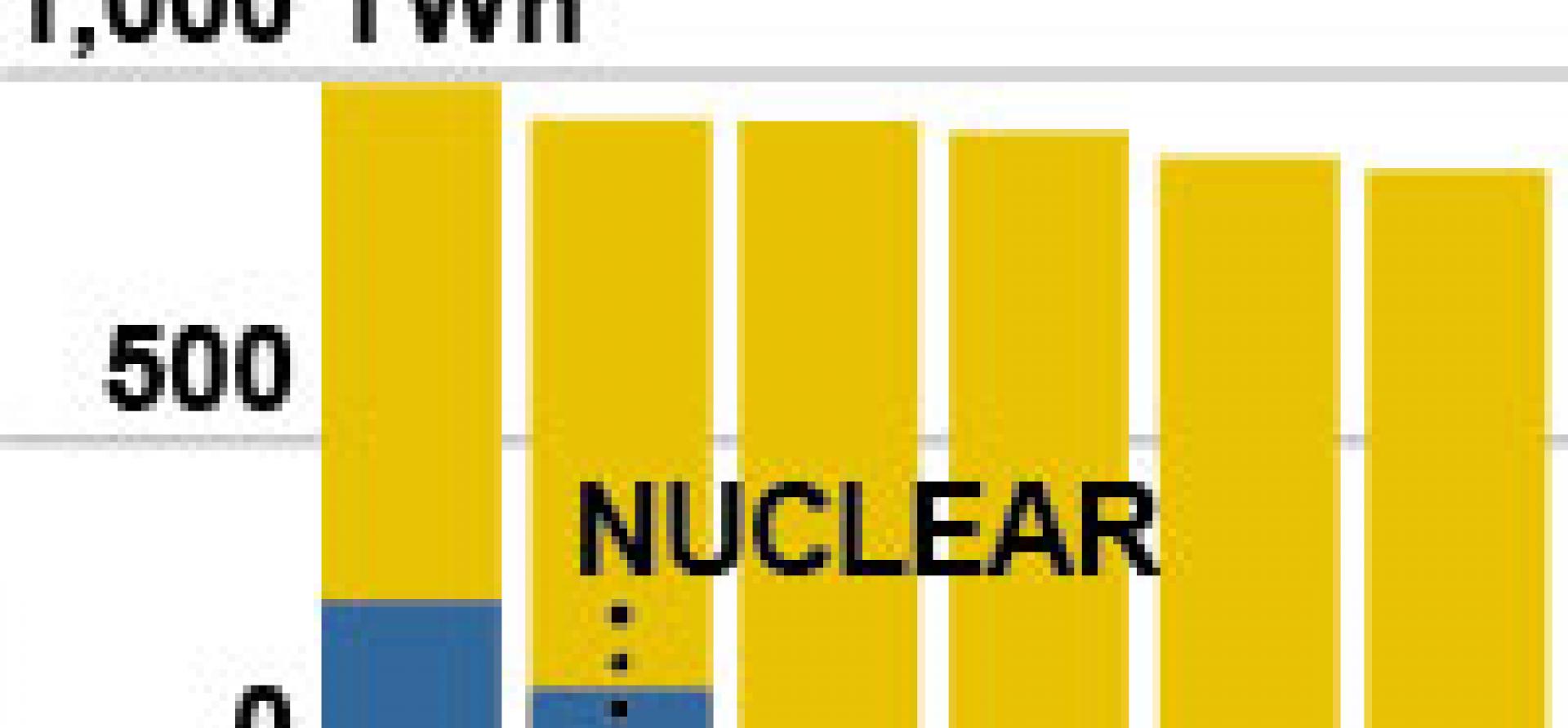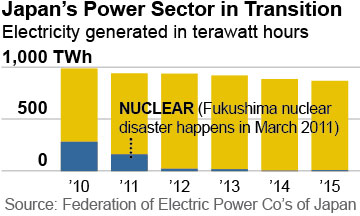We’ve posted a research brief today that finds fossil fuels the main loser in Japan’s ongoing power-sector transformation.
Our note, posted here, is released to coincide with industry leaders gathering for the Japan Renewable Energy Foundation “Realizing the Opportunity” conference tomorrow in Tokyo.
Our takeaways include the inescapable fact that Japan has become one of the three largest solar installation markets globally. It is putting almost $20 billion annually into new solar developments that are bringing 8 gigawatts (GW) of solar-powered electricity online per year.
You could say it’s living up to its nickname as the Land of the Rising Sun.
Our research finds that Japan was one of the three largest solar installation markets globally in 2014 and again in 2015. IEEFA estimates 2015 installs reached 8 gigawatts (China was No. 1 with 15 GW of installs last year, and the U.S. is estimated to have installed 7.5 GW). Total Japanese solar installations are estimated to have reached nearly 30 GW at the end 2015, on track to exceed 50 GW by 2020 (76GW of solar was approved as at the start of 2015).
Further growth is likely: the Japan Photovoltaic Energy Association last April published a strategy document outlining how the country can reach 100 GW of installed photovoltaic generation capacity by 2030. This would imply generation of over 110TWh annually of solar production, equating to 15 percent of Japan’s total electricity demand.
As we are seeing across the world, the growth in renewable energy, combined with significant energy-efficiency advances, is having a tangible impact on fossil fuels. While Japan today has a record 47 coal-fired power plants in the pipeline, investors best beware, because the energy transformation means these plants risk becoming quickly uneconomic. Stranded assets, by any other name.
While Japan was one of the few large energy markets reporting thermal coal import growth last year, that trend is unlikely to last. Indeed, 2015 will most likely stand as a peak year for Japanese thermal coal imports and coal-fired power generation, with January 2016 coal imports down 13.2 percent year over year. If Japan overbuilds its fleet of coal-fired plants, those plants will end up being underutilized. Just such a pattern has already occurred in China, where the average coal-fired power plant utilization rate has declined from just over 60 percent in 2011 to a record low 49.4 percent in 2015.
Similarly, in India, the prolonged annual addition of 15GW of new coal-fired power plants has been met with significantly weaker than forecast electricity demand growth. The result: India’s coal-fired power sector utilization rate has fallen from 75 percent in 2011 to an estimated 61 percent average rate in 2015 (we see a further drop to a record low of 57-58 percent in 2016).
The same story is playing out across India, China, Australia and Europe. The dramatic cost reduction in renewable energy, a trend catalyzed by the imperative to reduce carbon emissions, is rapidly rendering new thermal coal generation redundant. Today, Japan has a major opportunity to benefit from this trend by investing further in energy efficiency alongside wind and solar power and by avoiding the mistake of making new thermal-coal investments.
There’s also this to consider: A more efficient Japanese electricity system less dependent on fossil fuel imports would improve Japan’s energy security and would help the country deliver on its climate-impact commitments.
Tim Buckley is IEEFA director of energy finance studies, Australasia.

















